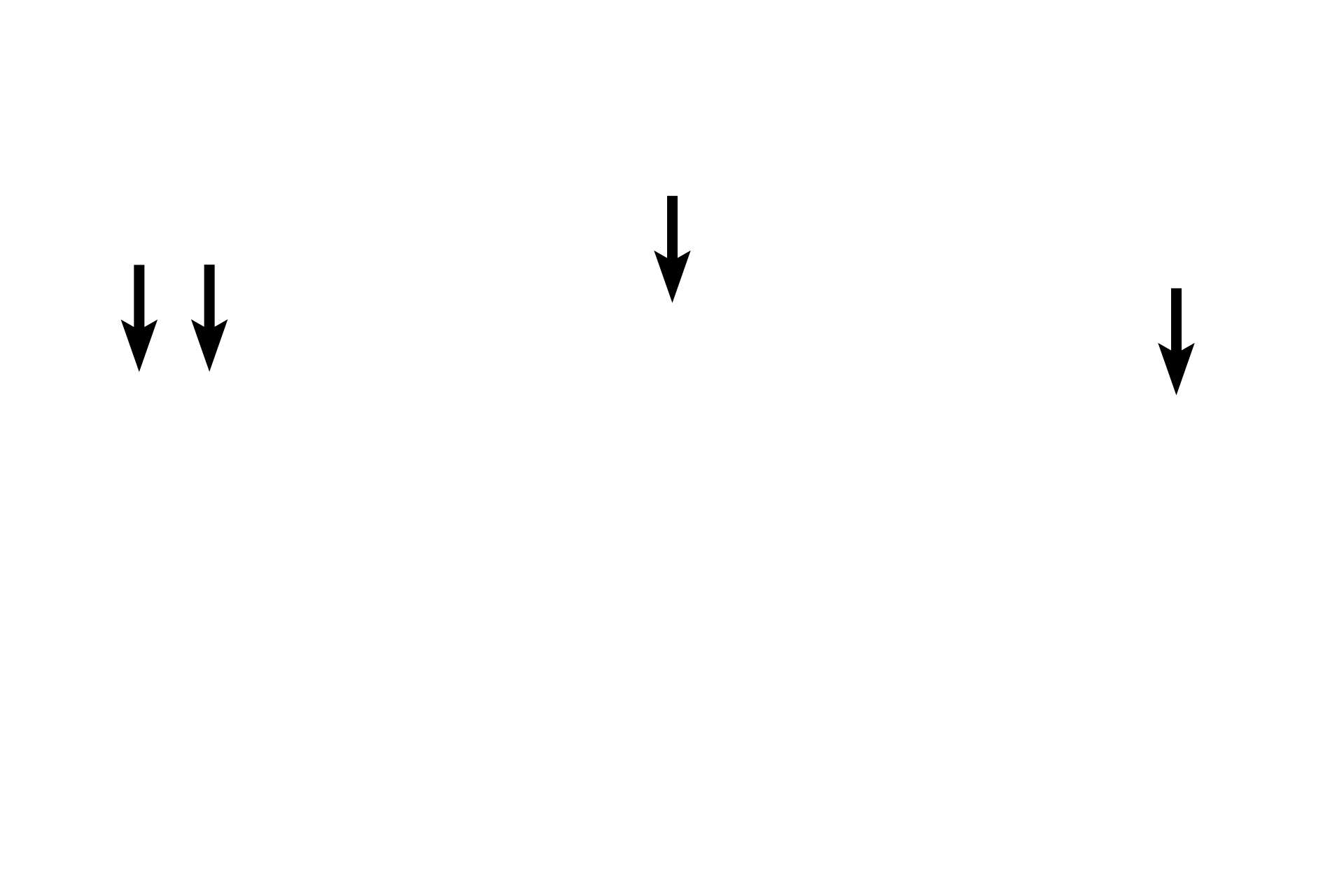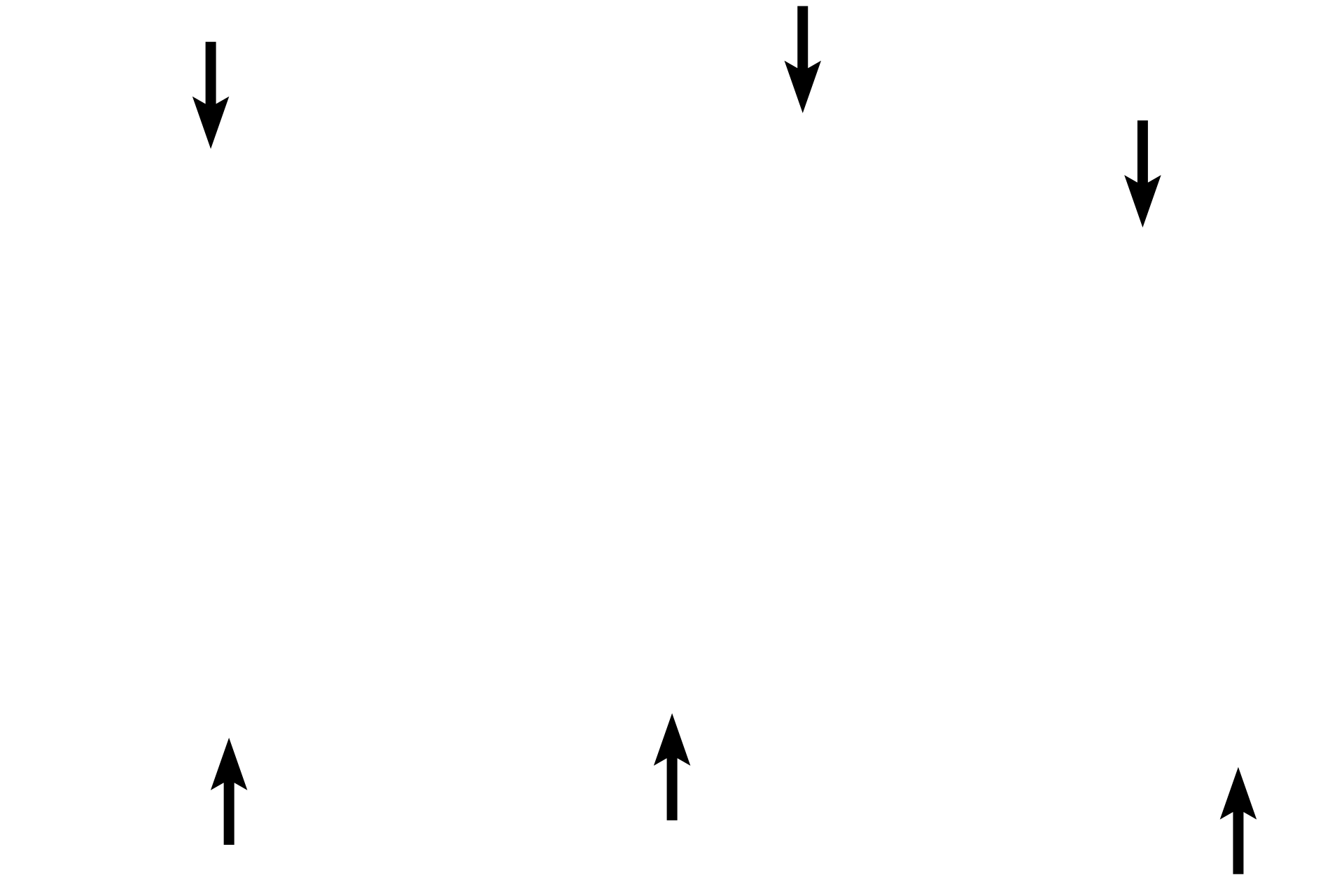
Endochondral ossification
Three metacarpal bones of the fetal hand have been cut in cross section at different distances from the epiphyseal plate, showing the gradual resorption of bony spicules. On the left, numerous spicules are present, indicating a region close to the epiphyseal plate. On the right, few spicules remain, demonstrating an area closer to the mid-diaphysis. 10x

Metacarpal bones
Three metacarpal bones of the fetal hand have been cut in cross section at different distances from the epiphyseal plate, showing the gradual resorption of bony spicules. On the left, numerous spicules are present, indicating a region close to the epiphyseal plate. On the right, few spicules remain, demonstrating an area closer to the mid-diaphysis. 10x

- Periosteal collar
Three metacarpal bones of the fetal hand have been cut in cross section at different distances from the epiphyseal plate, showing the gradual resorption of bony spicules. On the left, numerous spicules are present, indicating a region close to the epiphyseal plate. On the right, few spicules remain, demonstrating an area closer to the mid-diaphysis. 10x

- Spicules
Three metacarpal bones of the fetal hand have been cut in cross section at different distances from the epiphyseal plate, showing the gradual resorption of bony spicules. On the left, numerous spicules are present, indicating a region close to the epiphyseal plate. On the right, few spicules remain, demonstrating an area closer to the mid-diaphysis. 10x

Muscle tendons
Three metacarpal bones of the fetal hand have been cut in cross section at different distances from the epiphyseal plate, showing the gradual resorption of bony spicules. On the left, numerous spicules are present, indicating a region close to the epiphyseal plate. On the right, few spicules remain, demonstrating an area closer to the mid-diaphysis. 10x

Skin
Three metacarpal bones of the fetal hand have been cut in cross section at different distances from the epiphyseal plate, showing the gradual resorption of bony spicules. On the left, numerous spicules are present, indicating a region close to the epiphyseal plate. On the right, few spicules remain, demonstrating an area closer to the mid-diaphysis. 10x

Next image >
Area shown in the next image.